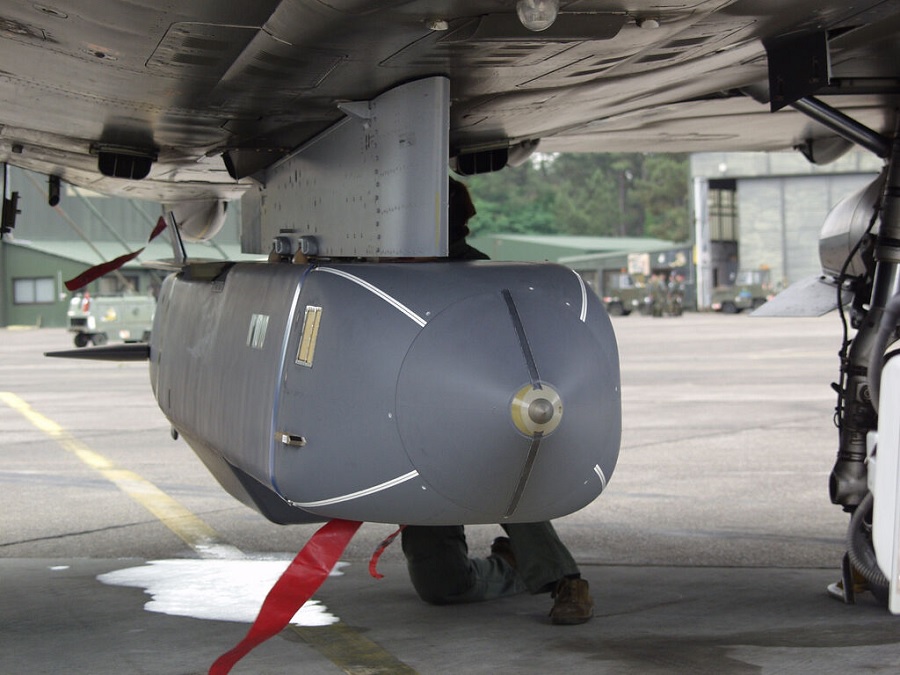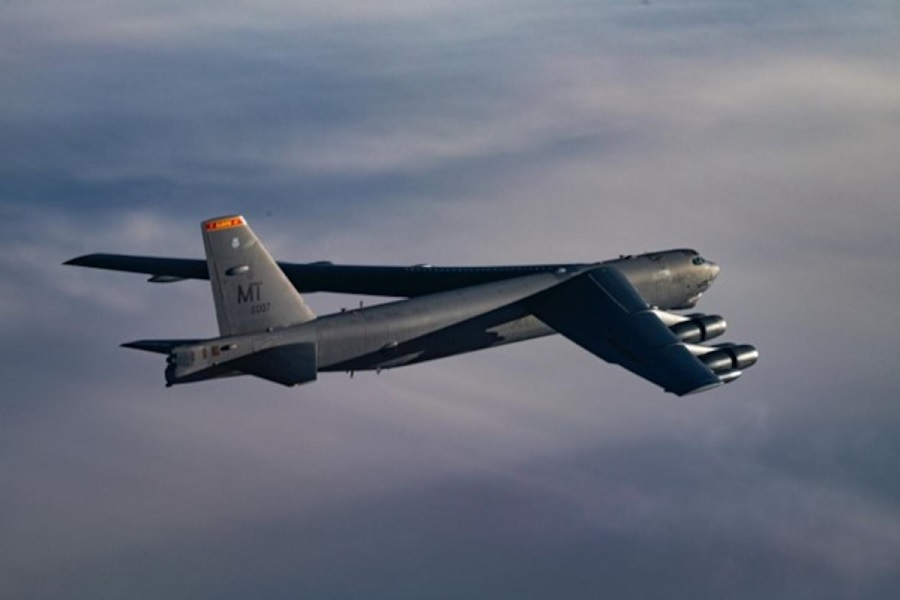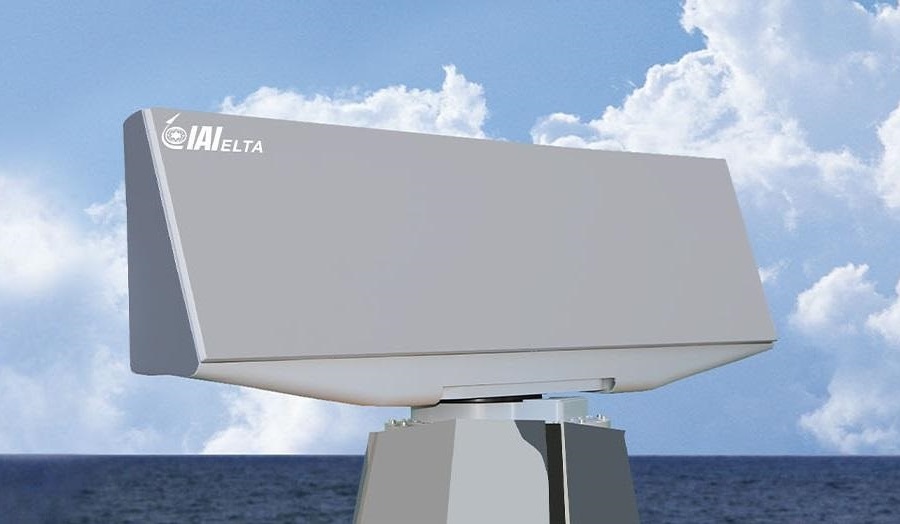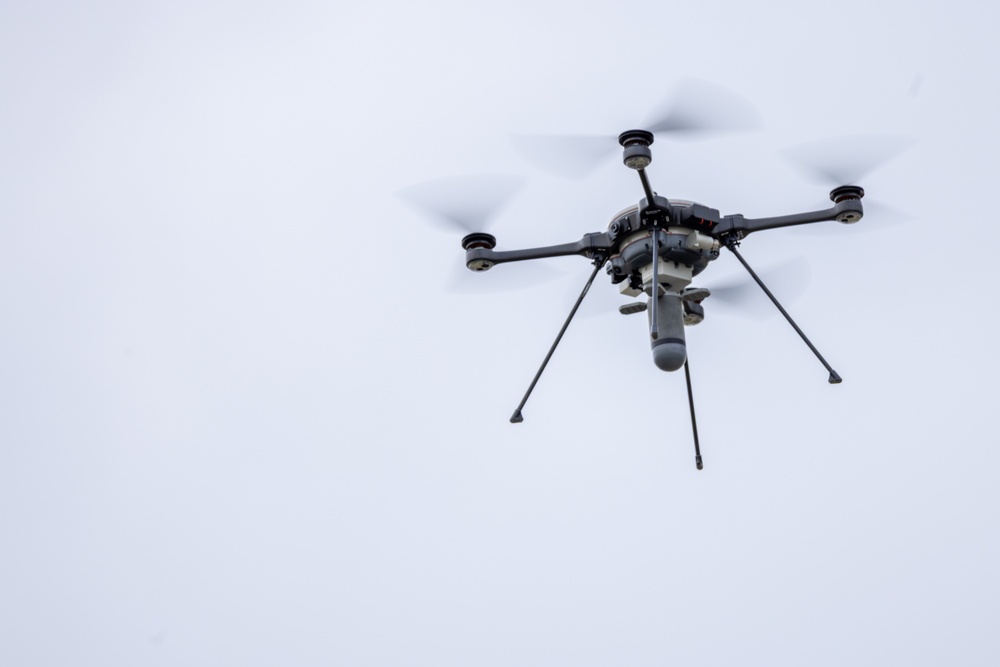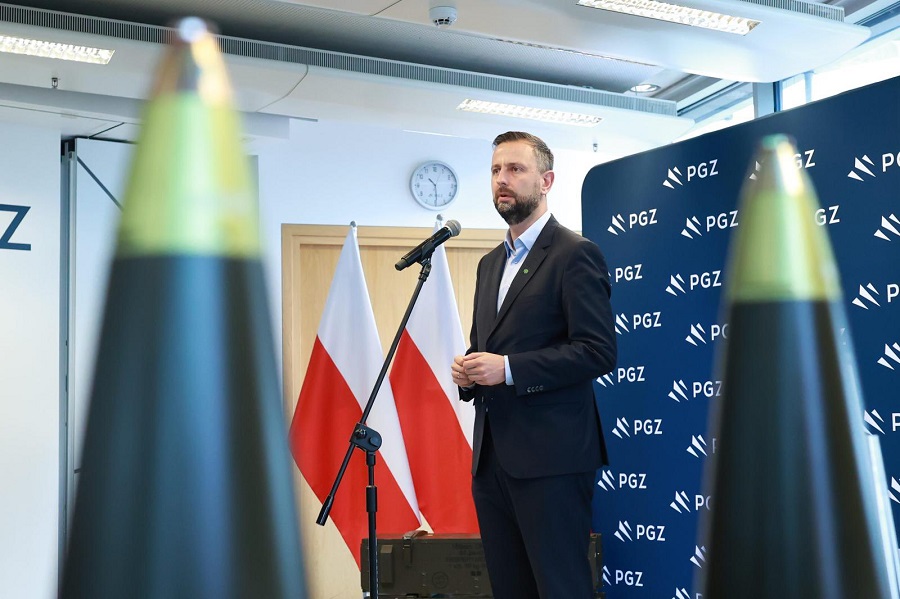Van der Maat emphasized the need for a wireless and continuously synchronized network that minimizes the time between detecting an air threat and deploying countermeasures. Referring to the conflict in Ukraine, he underscored the significance of swift and precise responses in dealing with airborne threats.
Extensive market research concluded that only one supplier can meet the stringent requirements for the integrated air defence systems. The chosen consortium is led by Kongsberg Defence & Aerospace (KDA) from Norway, in collaboration with Raytheon from the United States. A notable advantage of this partnership is their existing business relationships with various NATO partners, fostering the potential for international cooperation.
The Dutch Ministry of Defence plans to introduce the first new medium-range systems, covering distances of up to 50 kilometers, by 2026. Consequently, the current Medium-Range Air Defence (MRAD) systems will remain operational until at least 2027.
Additionally, short-range systems, covering distances of up to 15 kilometers, will be available starting in 2028. These Short Range Air Defence (SHORAD) systems will be integrated into the Armored Combat Support Vehicle G5 (ACSV G5).
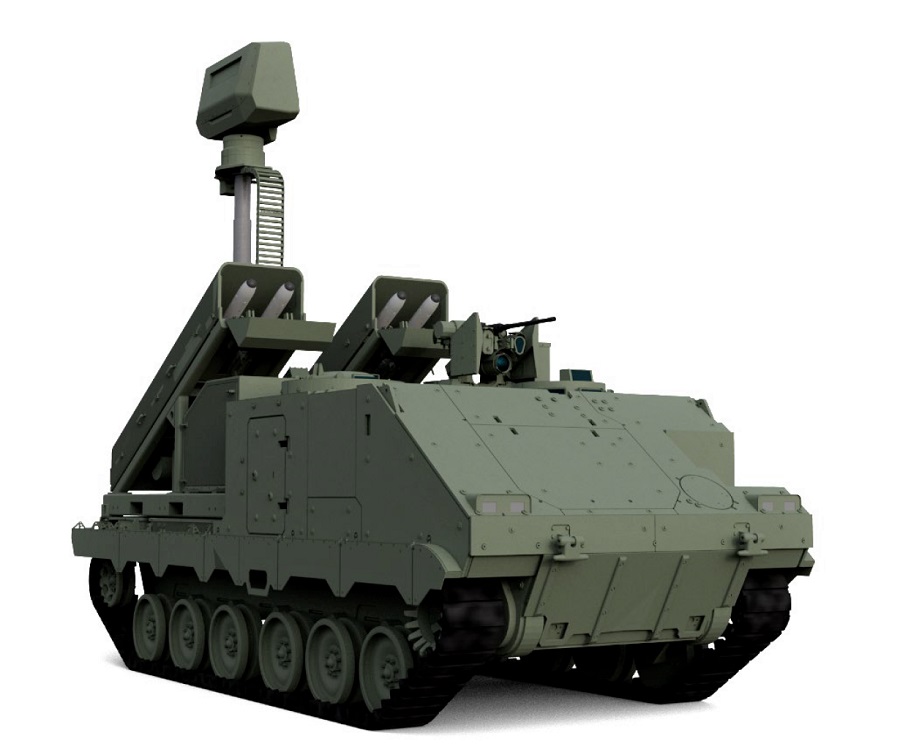
The Defence Ground-Based Air Defence Command (DGLC) within the Ministry of Defence will oversee the deployment of these air defence systems. The DGLC’s responsibility includes providing support to mechanized and motorized brigades, among other duties.
The current air defence inventory of the Netherlands Armed Forces encompasses various systems, such as the Stinger missiles employed for very short-range defense. These missiles are currently launched from Fennek armored vehicles or handheld launchers, after visual identification of the target by the operator. The forthcoming ACSV G5 vehicles will replace the Fennek vehicles for short-range coverage, while the man-portable deployment method will continue for extremely close-range operations.
For the medium range, the existing NASAMS system, including launchers, AMRAAM missiles, and radars, will be gradually replaced with a new and modernized NASAMS system boasting an extended range (AMRAAM-ER). Furthermore, the Dutch Ministry of Defence plans to upgrade the long-range air defence capabilities, currently reliant on the Patriot system, which has gained prominence due to its use by Ukraine as an anti-aircraft system.
By replacing and modernizing its air defence systems, the Dutch Ministry of Defense aims to enhance national and international capabilities in collaboration with NATO partners. Complying with established agreements, the Netherlands seeks to contribute significantly in EU and NATO contexts, fostering joint operations and cooperation among allied nations.



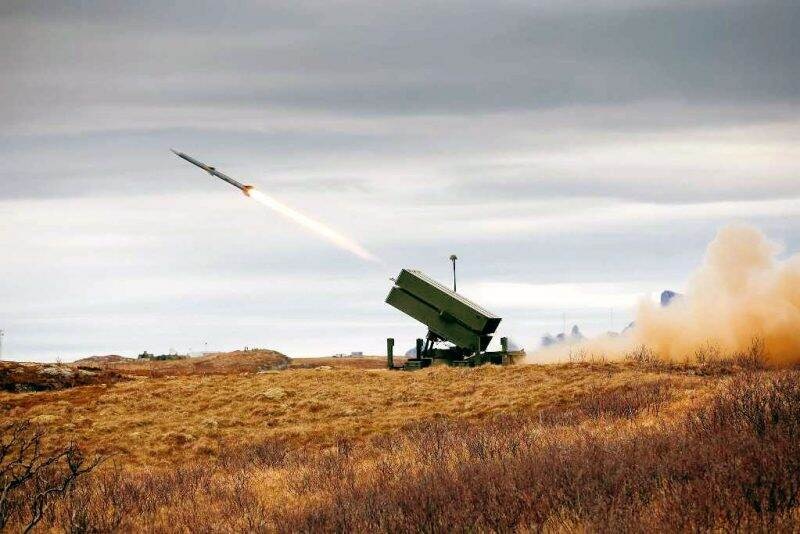


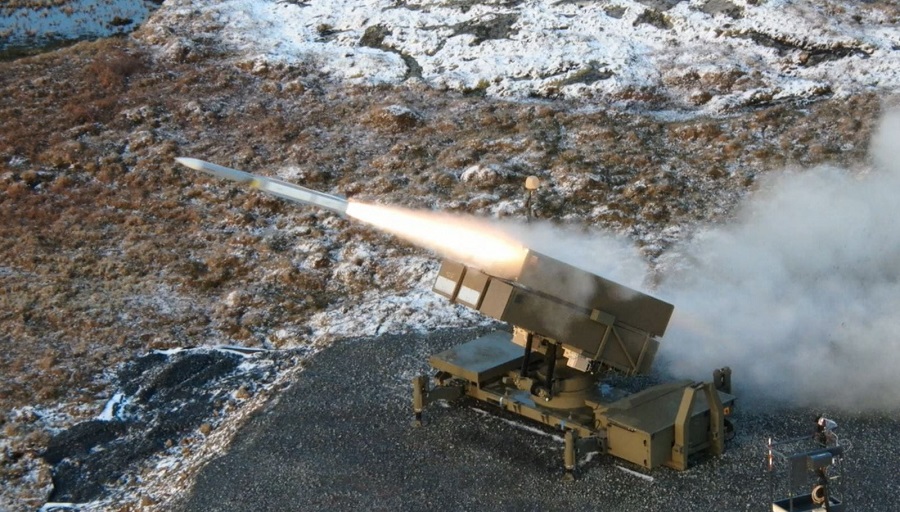



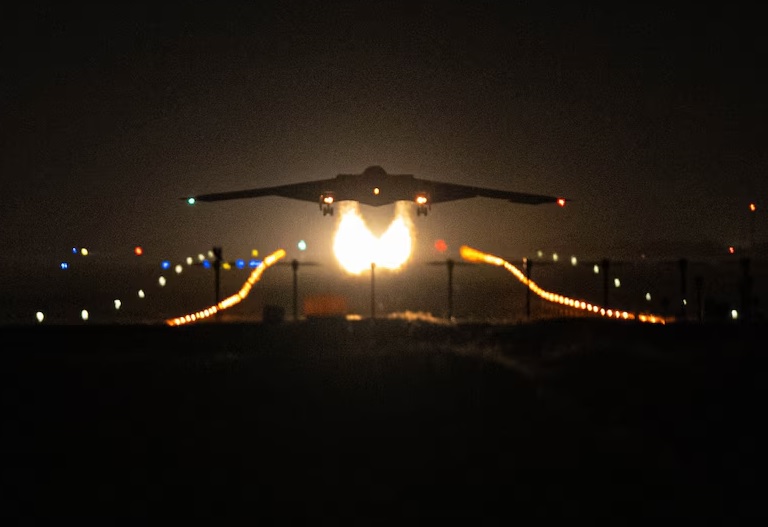
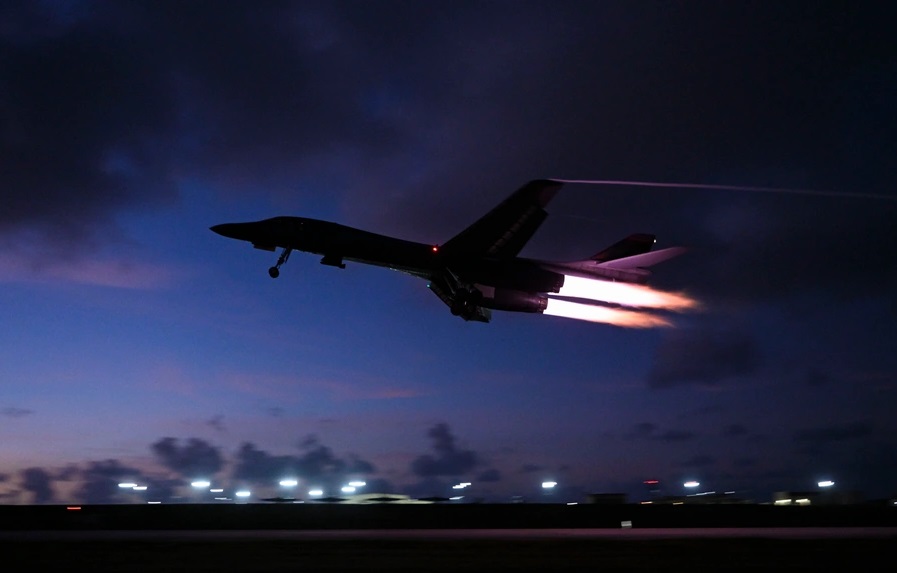
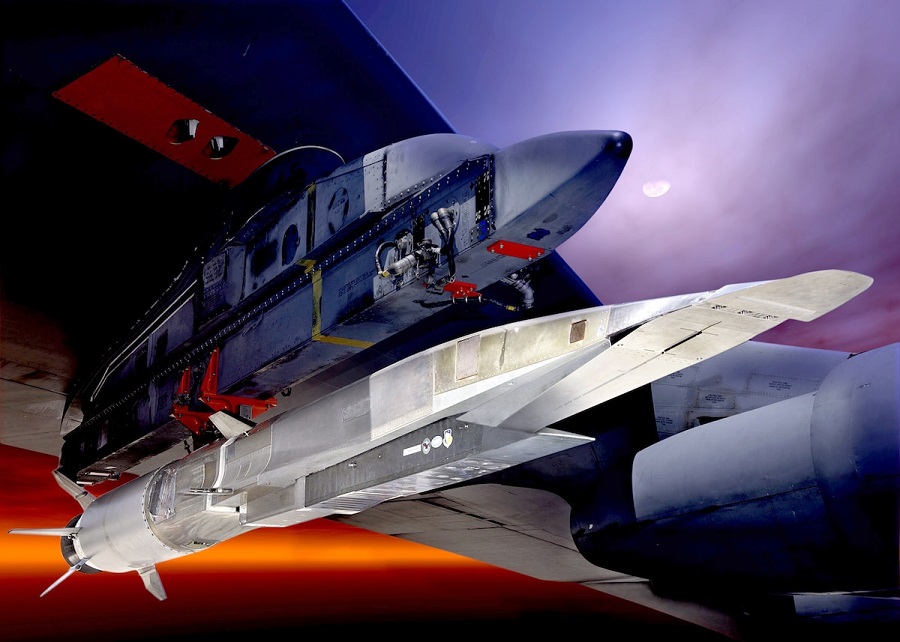
![Northrop Grumman conducts successful test of Mars ascent rocket motor [VIDEO]](https://defence-industry.eu/wp-content/uploads/2025/07/Northrop-Grumman-conducts-successful-test-of-Mars-ascent-rocket-motor-VIDEO.jpg)
